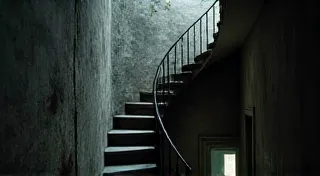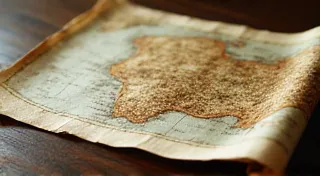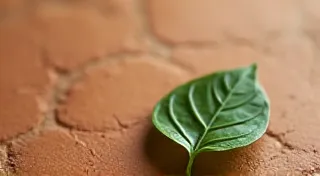The Ink-Stained Soul: Finding Authenticity in Imperfect Tools
There’s a peculiar comfort in holding something old. Not just old, but something that has demonstrably lived a life, held within a hand different from your own, been used to express thoughts and emotions across time. For those of us captivated by fountain pens, and even more specifically, their nibs, that feeling transcends mere nostalgia; it's a connection to history, to artistry, and to the very act of putting words on paper. I'm not talking about pristine, factory-fresh examples – though they hold their own allure. I'm drawn to the nibs that whisper stories of wear, of character, of an ink-stained soul.
My fascination began, as so many things do, somewhat unexpectedly. I was initially pursuing vintage pens – the beautiful shapes, the historical significance of Parker Duofolds and Waterman 52s. But it was the nibs that truly snagged my attention. Each one, a tiny piece of engineering and artistry, responsible for the flow of ink and the feel of writing. And each one bore the marks of its history. A slight twist from years of use. A tiny scratch from a careless moment. A subtle flattening from countless letters penned.
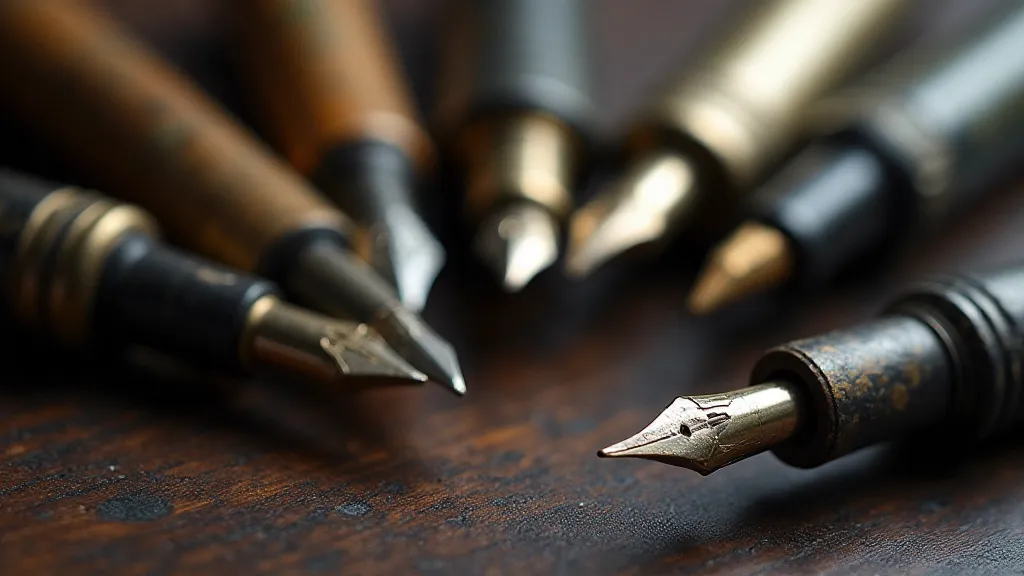
The Hand of the Craftsman: A Legacy in Gold and Steel
Understanding the allure of a vintage nib requires appreciating the dedication and skill involved in their creation. In the early 20th century, most nibs were handcrafted, often by highly skilled artisans. These weren't mass-produced parts; they were individual works of art. The process involved drawing the precious metal (usually gold or steel) into wire, then hammering it flat and shaping it into the desired form. This was followed by a series of grinding, polishing, and etching steps to create the writing surface. The 'tines' – the two small pieces that meet to release the ink – were meticulously aligned and shaped to create the nib’s unique writing character. Consider the level of patience and focus required! It’s humbling to hold that level of craftsmanship in your hand.
The materials themselves tell a story. Gold nibs, while more expensive, offered a softer writing feel, more responsive to pressure. Steel nibs, more durable and often cheaper, were favored for everyday use. The alloy used also mattered; different proportions of gold and other metals influenced the nib’s flexibility and responsiveness. Early gold nibs often contained higher gold content than those produced later in the century, contributing to their prized status among collectors today. The subtle differences in how these materials translate to the writing experience also demonstrate the remarkable artistry – a kind of alchemy – involved, and are often lost in modern, mass-produced writing instruments.
The Poetry of Imperfection: Wear as a Witness
It's easy to be seduced by the allure of perfection. But in the world of vintage nibs, it’s the imperfections that truly speak. A slight misalignment of the tines, a tiny scratch on the writing surface – these aren't flaws; they're evidence of a life well-lived. They’re a testament to the countless words penned, the letters written, the stories told. The wear patterns, the subtle character changes—they resonate with a history that mass-produced goods simply cannot replicate.
Take, for example, a nib that's been slightly flattened over time. This isn’t a manufacturing defect; it’s the result of consistent pressure from a writer who favored a specific writing angle. It changes the way the nib responds to pressure, subtly altering the writing experience. The tiny scratch on the surface? Perhaps that was from a playful child or a moment of distraction. It's a tangible link to a past, a moment frozen in time. These subtle alterations to the nib's form, transforming it from its original design, can often offer a deeper, more personal connection to the tool itself, fostering a sense of shared history.
I recall acquiring a Conway Stewart nib with a distinct ‘kick’ – a noticeable feedback felt when writing. Initially, I tried to correct it, fearing it was a defect. But a wise pen collector explained that it was likely a consequence of years of use, a personalized characteristic developed over time. He encouraged me to embrace it, to appreciate it as part of the nib’s unique character. And he was right. The ‘kick,’ far from being a nuisance, became a distinctive feature, contributing to the joy of writing with that particular nib. Embracing these imperfections isn't just about tolerating them—it’s about understanding how they represent a unique narrative, a connection to the past that goes beyond mere aesthetics. It’s about recognizing the subtle ways in which these instruments become extensions of their writers, reflecting their individual styles and quirks. The feeling is akin to holding a fragment of someone else's memories, tangible proof of their creative process.
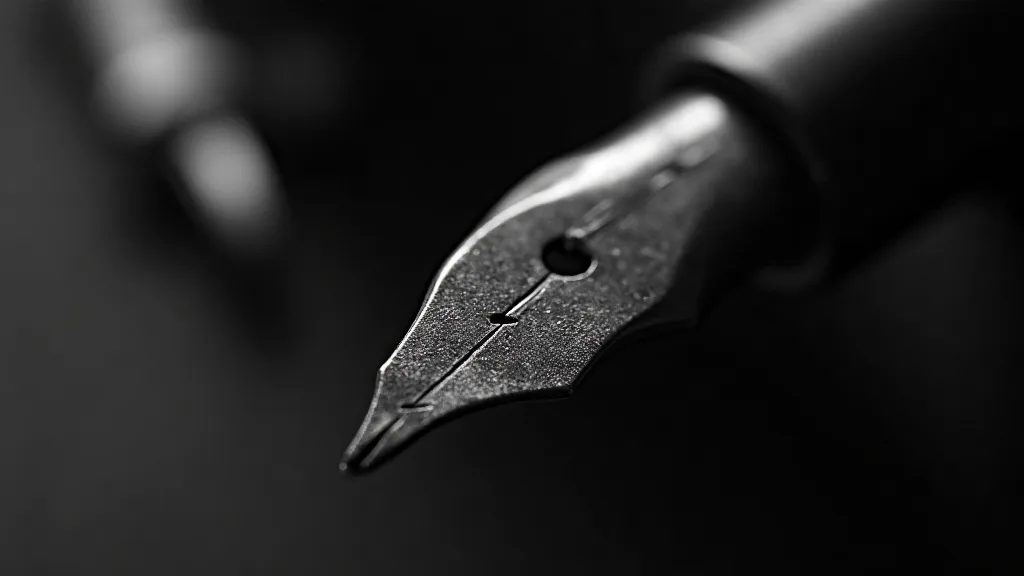
Collecting with Character: More Than Just a Hobby
Collecting vintage fountain pen nibs isn't simply about acquiring objects. It’s about connecting with history, appreciating craftsmanship, and embracing imperfection. It’s about understanding that a writing instrument is more than just a tool; it's an extension of the writer, a conduit for creativity and expression. This deeper appreciation extends beyond the mere functionality of the pen; it's about the stories they hold, the lives they've touched, and the creative spirit they embody. It’s about recognizing the subtle ways in which these instruments become extensions of their writers, reflecting their individual styles and quirks, and acknowledging how these objects can often hold a resonance across time.
When selecting a vintage nib, consider more than just the manufacturer and model. Examine the writing surface closely. Look for signs of wear – the slight flattening, the tiny scratches, the subtle discoloration. These aren't signs of damage; they've become indicators of character. Imagine the stories that nib could tell. Consider the writer who once held it, the letters they wrote, the emotions they expressed. Recognizing and appreciating this intricate interplay between instrument and individual elevates collecting beyond a mere acquisition of objects, transforming it into a journey of historical and creative discovery.
While restoration is possible – straightening tines, polishing the writing surface – it’s important to proceed with caution. Overly aggressive restoration can erase the nib’s unique character, stripping it of its history. Sometimes, the best approach is to simply appreciate the nib as it is, embracing its imperfections as part of its charm. This principle of preserving the object's inherent narrative is vital; it acknowledges that the marks of time aren't blemishes to be erased, but rather testaments to a life lived.
The Interplay of Writer and Instrument
The journey of a vintage nib is rarely a solitary one; it's a conversation between the maker, the writer, and the history they share. Each scratch, each slight bend, holds a whisper of the past—a testament to countless hours spent crafting words, sharing stories, and connecting with others. These instruments become vessels, carrying not just ink, but also fragments of memories, emotions, and creative impulses.
The legacy of these handcrafted pieces is a reminder of a different era—a time when quality and artistry were valued above mass production and uniformity. They represent a connection to a tradition of craftsmanship that is increasingly rare in our modern world. The beauty isn't simply in the aesthetic appeal but also in the knowledge that each nib has a story to tell—a narrative etched into its very structure.
A Resonance Across Time
The beauty of collecting vintage fountain pen nibs isn’t found in pristine condition, but in the echoes of the past they hold. It’s in recognizing that these small, often overlooked pieces of metal, were once integral to a moment, a communication, an expression of someone else’s soul. Each scratch, each flattened tine, speaks volumes about a life lived through the act of writing. Holding a nib bearing the marks of time isn’t just holding an object; it's holding a fragment of history, a connection to the human experience. It’s a reminder that even in our digital age, the simple act of putting pen to paper, using an imperfect, beautifully worn tool, retains a profound power and resonance. The nuanced way these tools were shaped and used throughout history also demonstrate how they can alter—and be altered by—the hand of the writer, a phenomenon that is meticulously documented in articles like Gilding the Silence: Recovering Lost Voices Through Vintage Pens, which explores the human stories interwoven with these cherished artifacts.
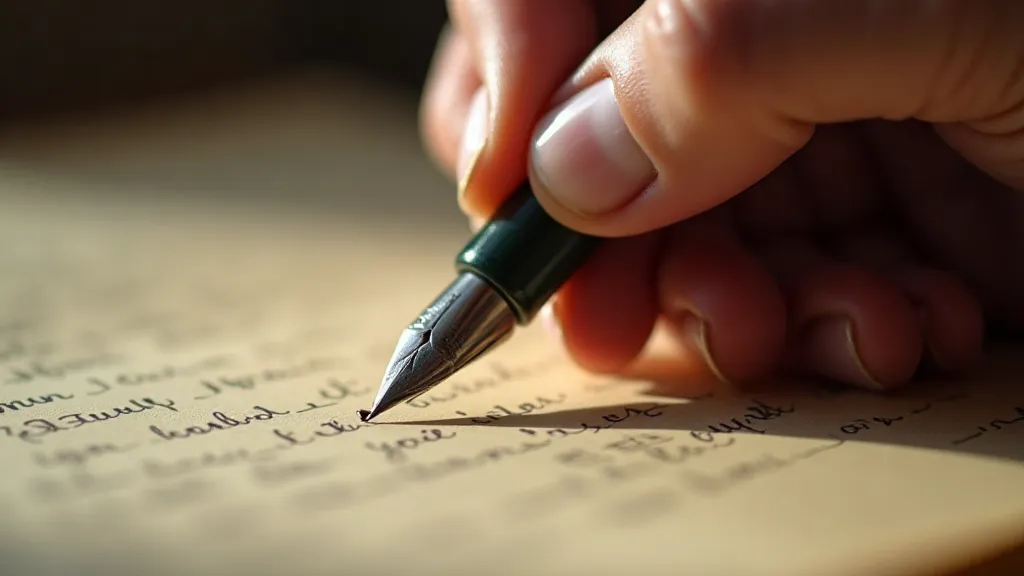
Furthermore, the process of understanding and appreciating these antique writing instruments is akin to unraveling a historical tapestry, where each imperfection reveals a new layer of understanding. The principles and techniques used in their creation are often lost to time, yet the result remains—a testament to the ingenuity and artistry of previous generations. A deeper understanding of this interplay can be found in Beneath the Gold Leaf: A Comparative Analysis of European vs. American Vintage Nibs, which delves into the specific nuances of nib manufacture across different regions.
